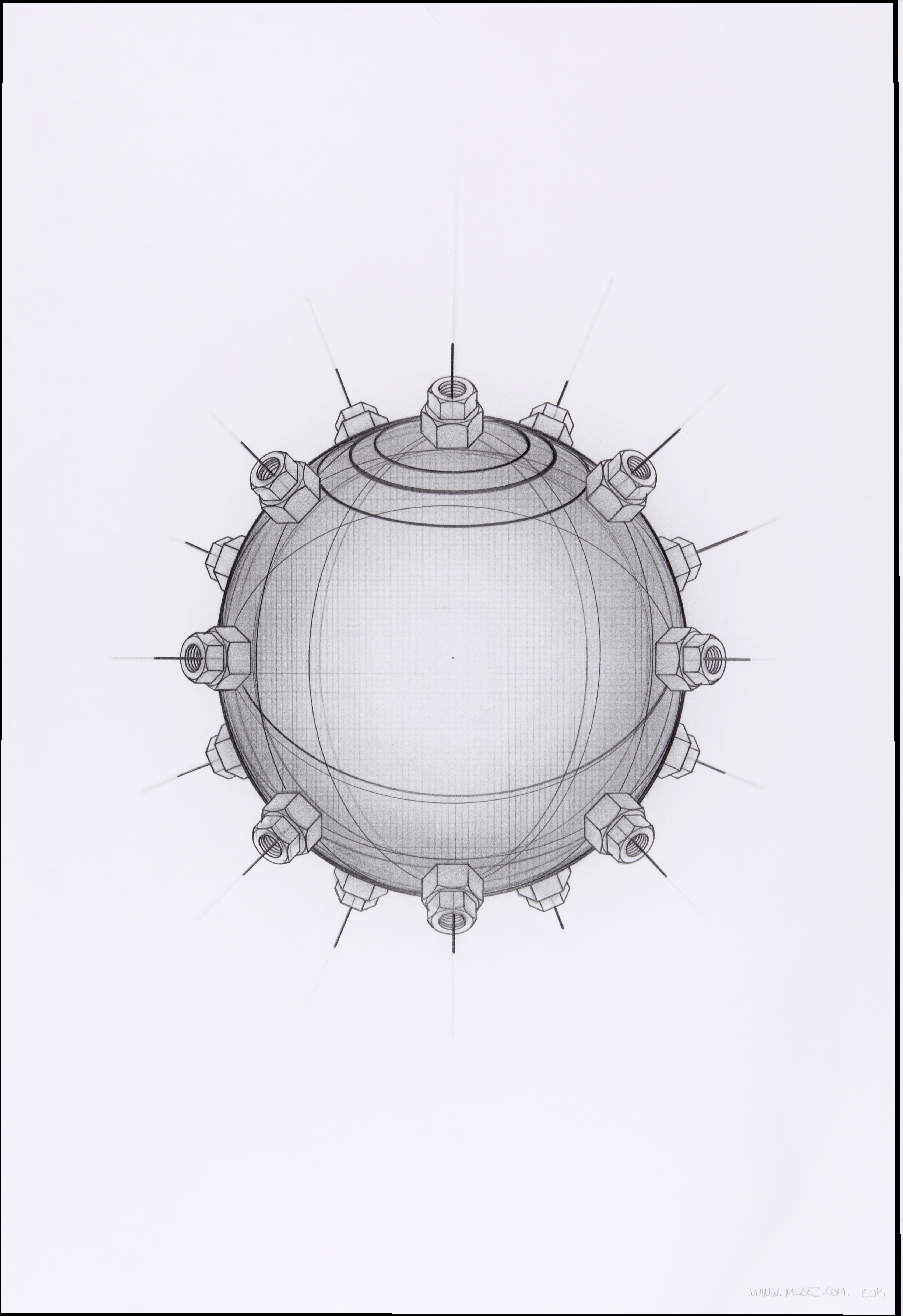
50 años en cartelera is a contribution to the 50th anniversary of Cartelera Turia from the field of visual arts. It presents the works of fifty artists of several generations, trends and disciplines along with a selection of covers and copies of the magazine.
Cartelera Turia is a cultural project created in 1964, against the grain of the politics and the official culture during Franco’s dictatorship, in Valencia which was not resigned to its status of dull and gloomy city. It was driven by young university students willing to intervene culturally in the Valencian society through a small magazine of entertainment information and reviews.
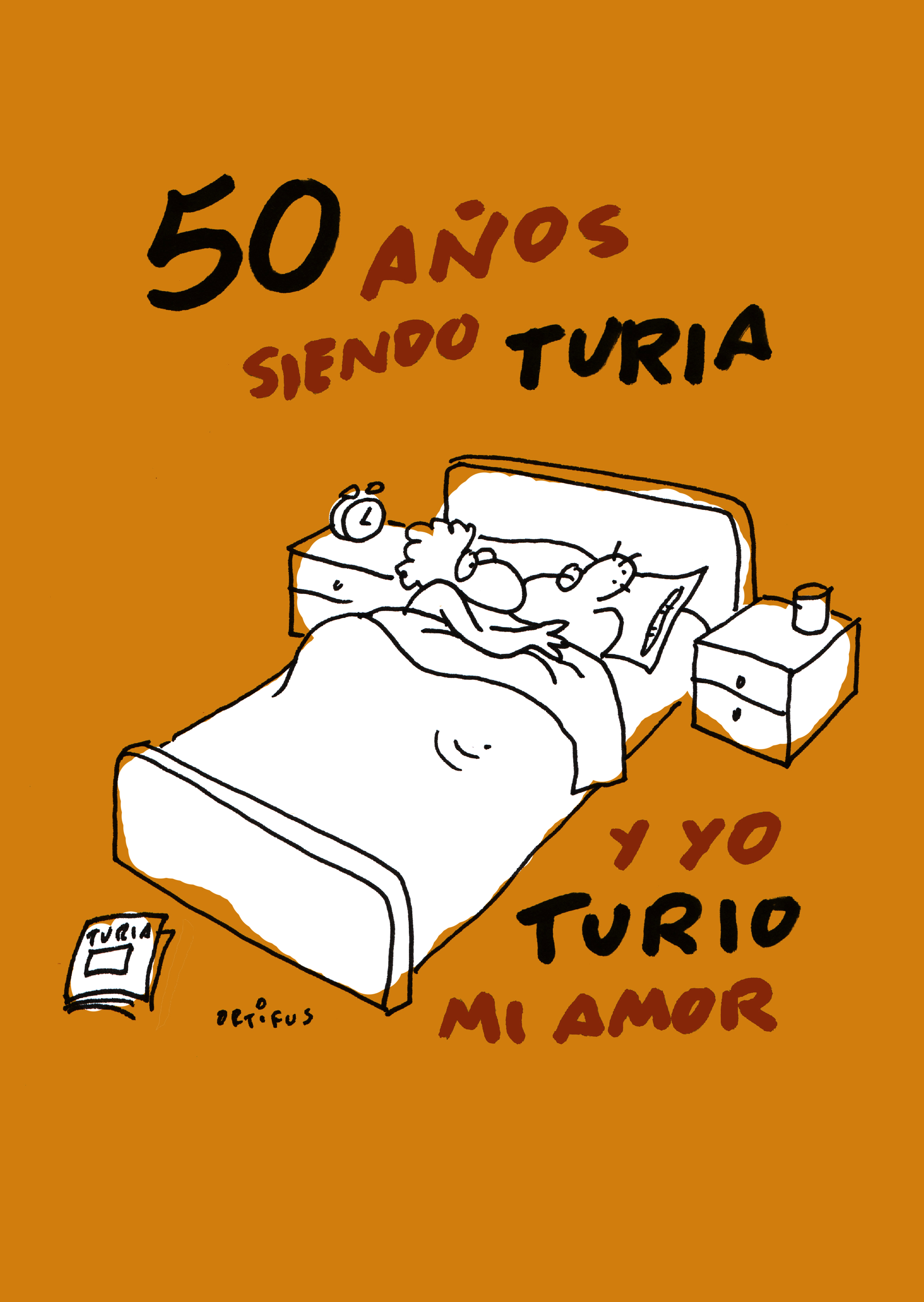
During its half century of existence, Cartelera Turia has been weekly published, sometimes dodging political threats of closure due to its irreverent and/or subversive nature and its lack of satisfaction with the ruling regime. This was awkward to the dictatorial regime because of its critical tone and treatment of the topics considered taboo then, but it knew how to share with readers the opportunity to make new interpretations of the reality of the moment, by using cruel criticism and humour. With the coming of democracy, the publication keeps its critical, non-conformist and sharp nature on the culture and politics of the ruling class.
It was firstly known as El Turia and was focused on cinematographic information and review, but soon it opened to other arts and cultural expressions and changed the gender of its name into feminine becoming La Turia, as it is colloquially known.
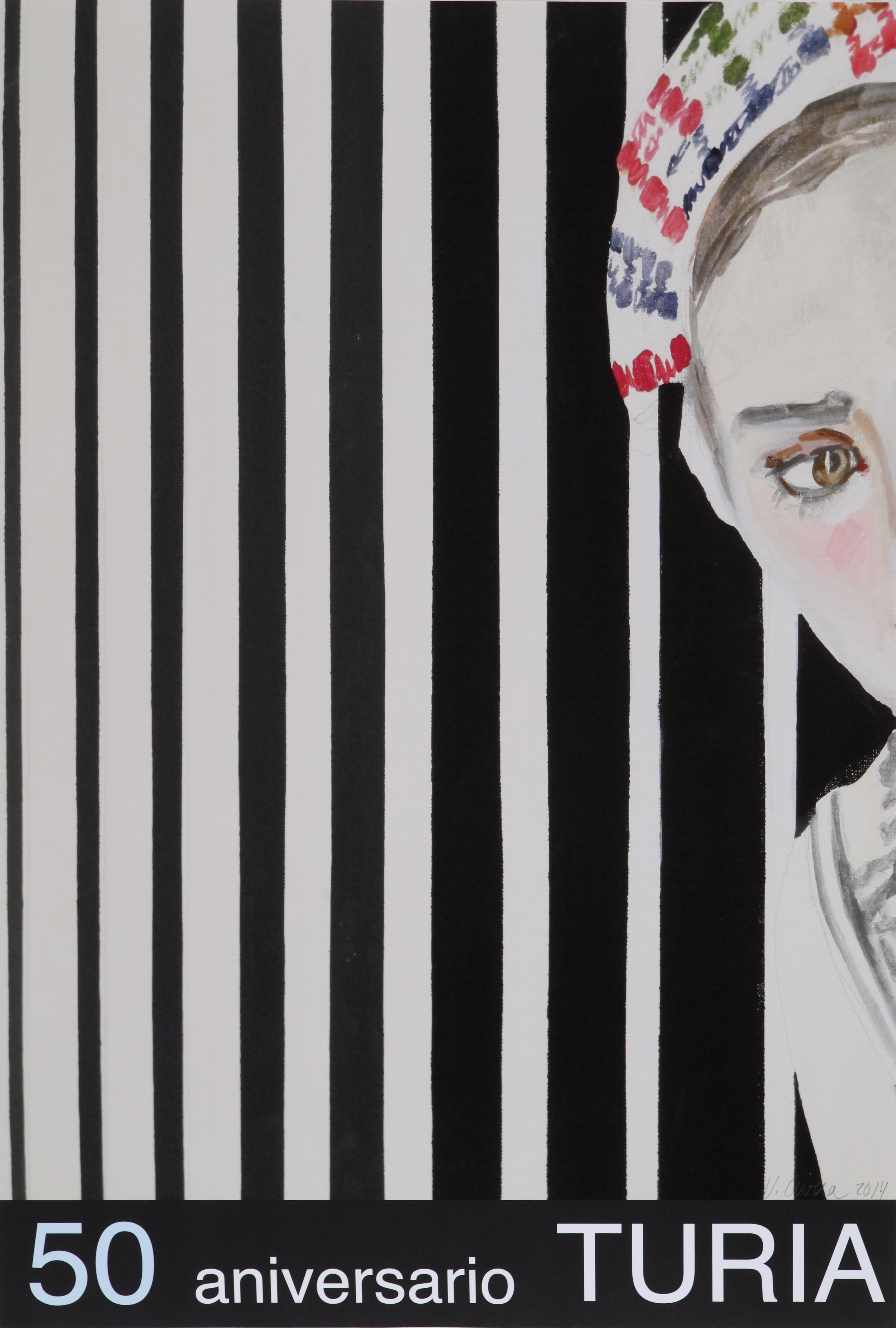
One of the keys for its longevity probably lies in the use of satire and humour as a resource for addressing the profound changes that have taken place in the Valencian society and culture during the 50 years of the magazine existence.
From the journalistic analysis, two different and seemingly contradictory elements coexist in Cartelera: a popular part that connects with the satirical press of the Valencian tradition and an avant-garde or minority cultural aspect. Its satirical press nature has led the publication to keep a mocking attitude towards the forces in power and to cultivate in their pages iconoclastic journalistic genres as the current obituaries or invented exclusives.
But, perhaps, its greatest contribution lies in the fact of understanding culture as a whole, combining such different topics as cinema, gastronomy, theatre, politics, music or sex, and for the last few years, also trash culture or new sections on ecology and comic, among others.
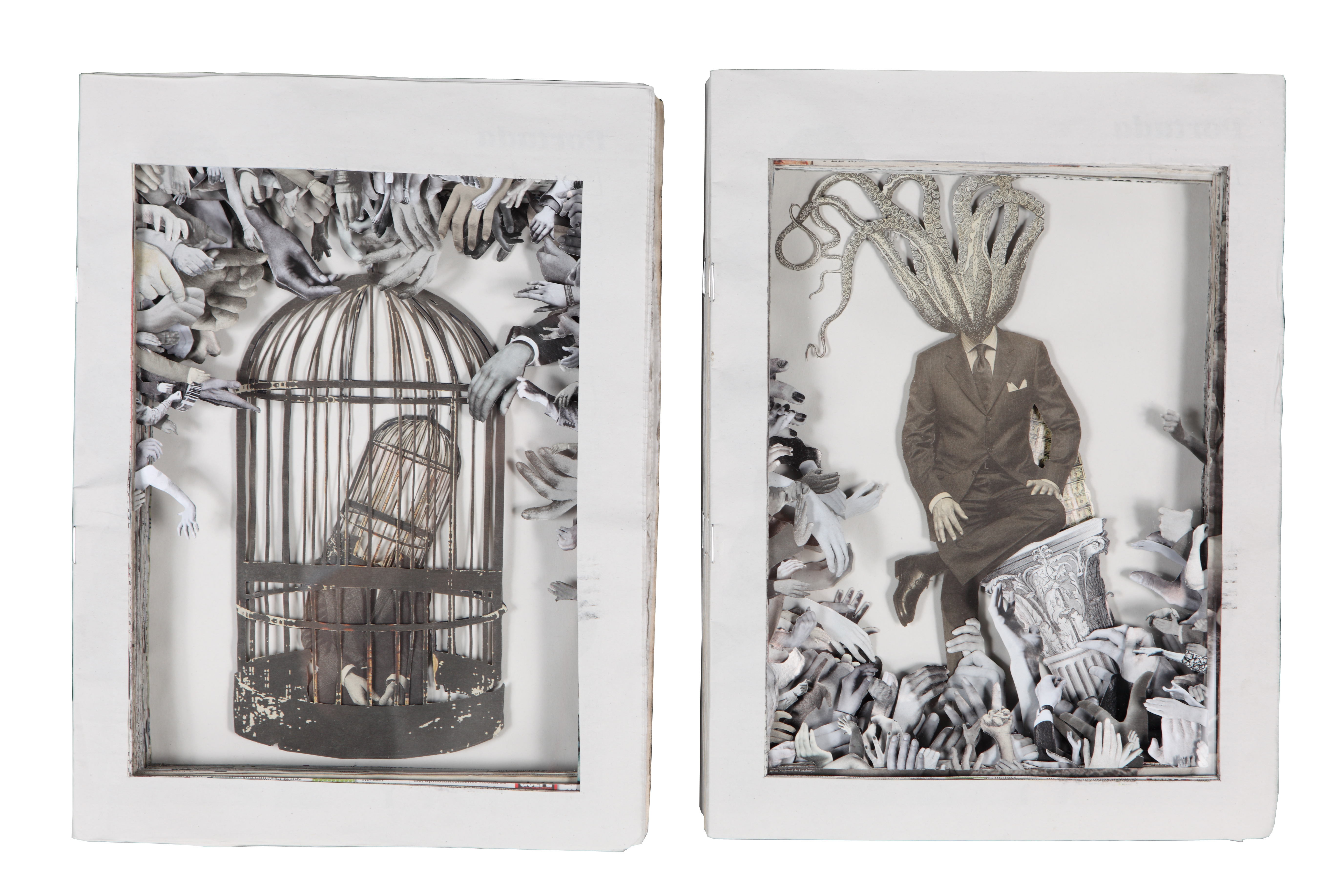
But La Turia does not stand only for its content, but also for the quality of its graphic design. From the covers to the typography, going through the illustrations on the inside pages or the vignettes of humour, all elements of the magazine are carefully tended.
The people responsible for the magazine soon saw that, in order a small publication like this do not go unnoticed for the potential readers, they had to promote a strong and consistent visual identity in harmony with contemporary aesthetic trends. To do this, they have had the beneficial collaboration of graphic designers, illustrators, cartoonists, advertising agents, and also painters whose contribution, not only in regards to the covers but also to the graphic elements of the inside pages, has been crucial in the modern image of the magazine.
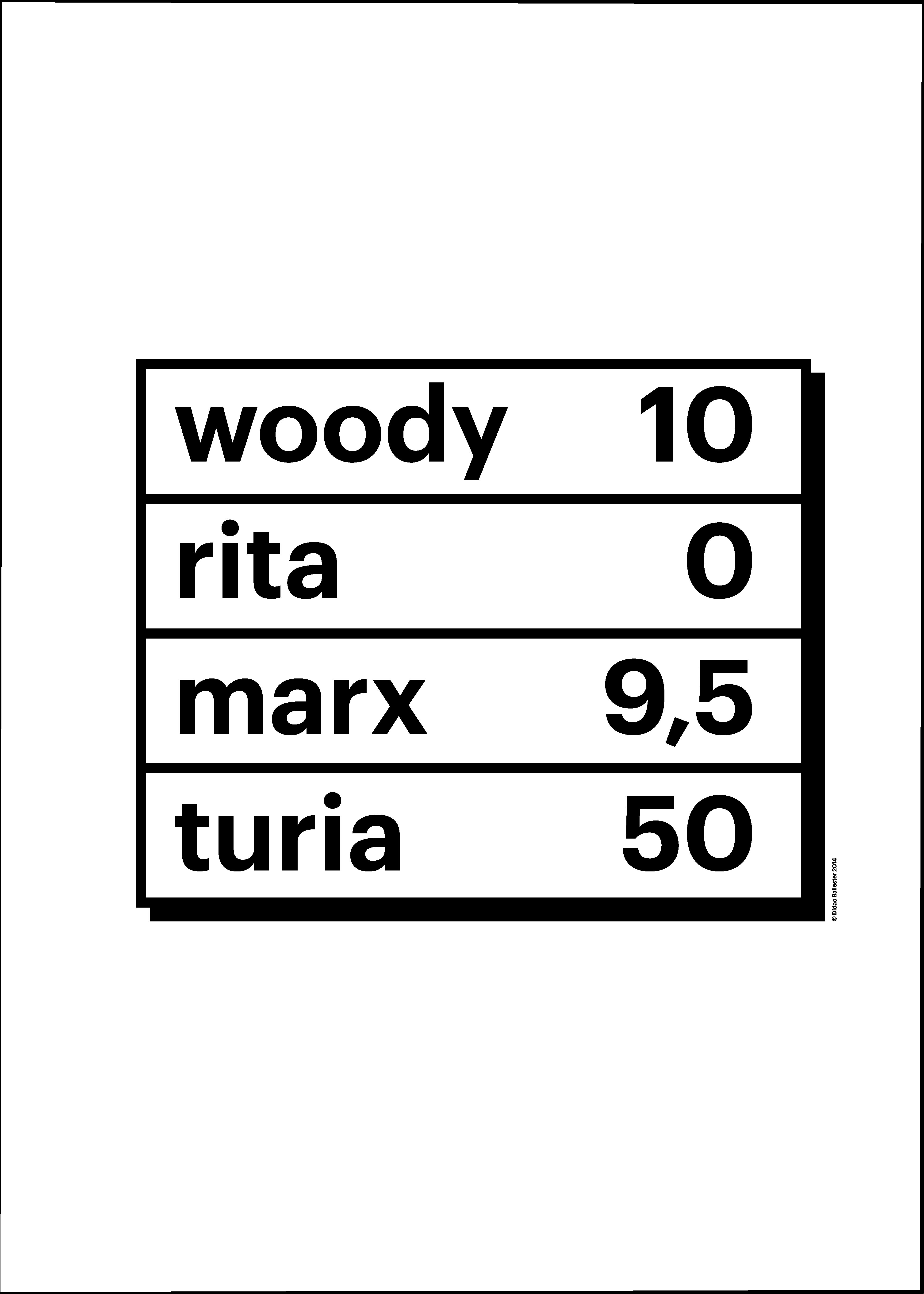
These collaborators, whose contributions are already part of the visual history of the weekly publication, except of those who left our world too early, appear again in this commemorative exhibition to which they have kindly wanted to join. They do it accompanied by a large group of younger artists who, despite having no direct relationship with the magazine, know its history and have gladly accepted the invitation to participate in this show. Altogether, they are 52 representative artists of plurality, richness and variety of generations, speeches and trends that coexist in the current creation. It should be noted, in this regard, the significant presence of women artists in this publication, as reflection of their strong leadership, in terms of quality and quantity in the art scene of the recent decades.
After reaching 50 years it is time to take stock, and for this purpose the selection of historical and exemplary covers is displayed in the exhibition. But, as the current director of the weekly publication, Vicente Vergara, remembered in the letter of invitation to artists participating in the exhibition, “away from embarking ourselves in a pointless exercise of historicist nostalgia, this project is marked by a forward thinking, because as our admired Woody Allen says, the future is the time where we will live the rest of our lives”.
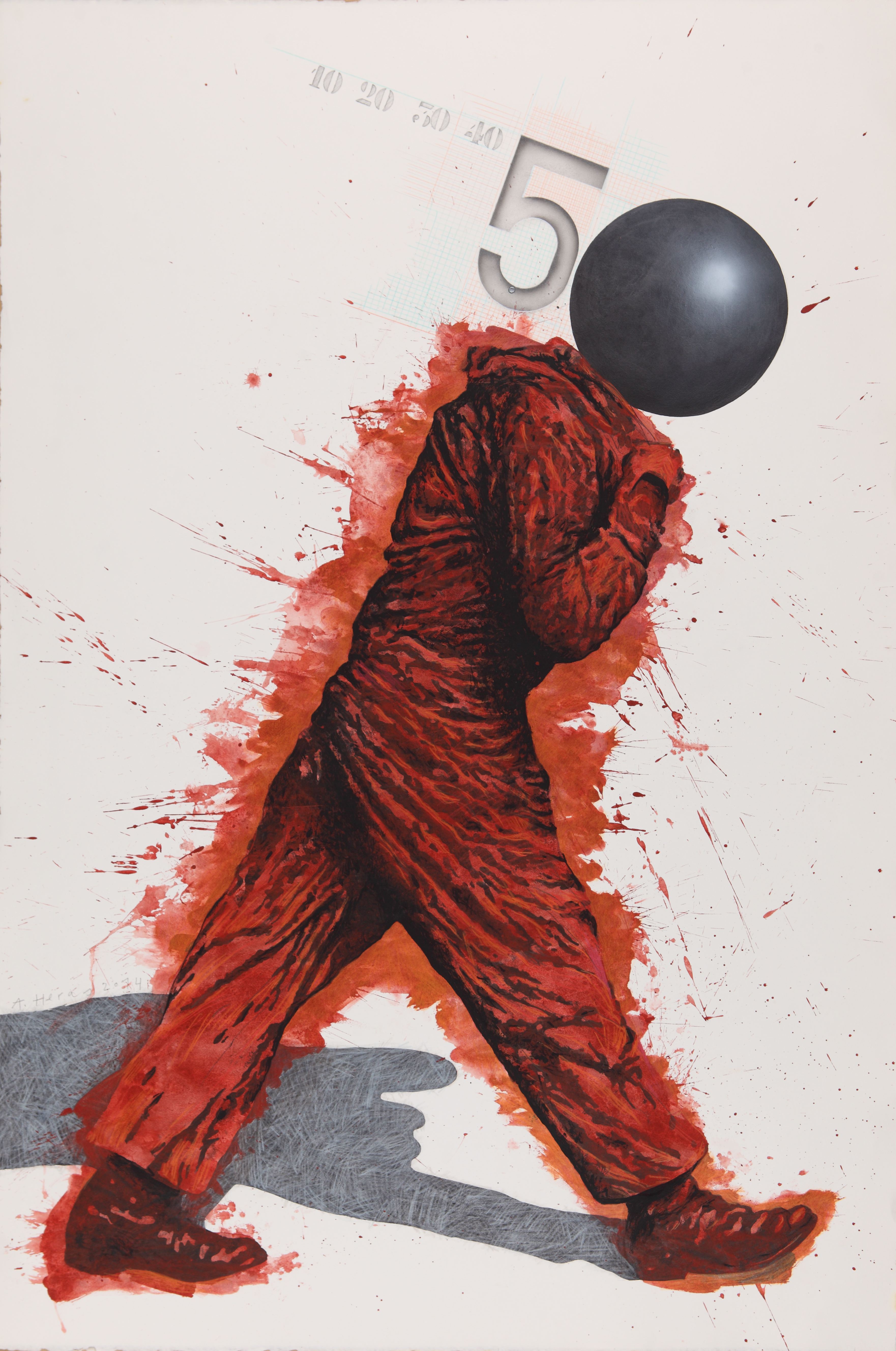
Each of the invited artists has approached the fiftieth anniversary from their personal creative universe, their own concerns and expressive needs. Most of them concur with a work set up specifically for the exhibition, although some have taken up pre-existing works in line with the spirit of the call.
In the exhibition, works produced with traditional analogue tools are shown, and also others created through digital instruments and a third group of hybrid works that merge both systems. All the works are made in a format proportional to the Cartelera Turia, since they will be future covers.
Viewed from their uniqueness, each of the works in the exhibition bears the hallmark of its author, reveals his formal searches, his concerns, his point of view and they form a distinct and unique story. These works together engage cross dialogues enriching its meaning and adding unprecedented nuances.
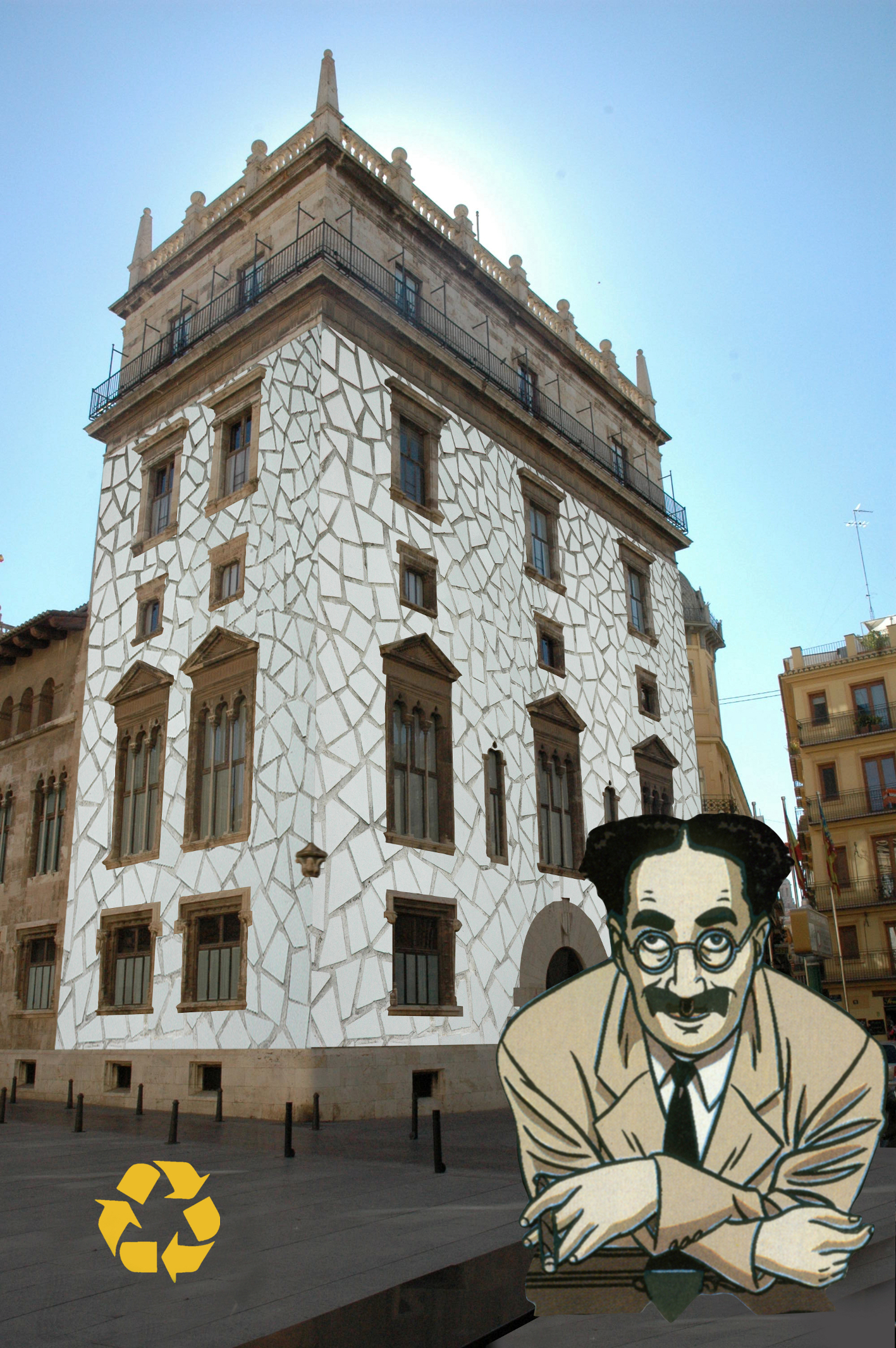
The exhibition displays a broad and diverse range of topics, approaches and intentions among which we can distinguish some matches. Thus, a large group of graphic designers introduce the number 50 on the surface of the painting. In other cases, the celebration of the anniversary is more indirect, with allusions to the aquatic connotations that the name of the weekly publication evokes, with tributes to sections of the magazine or using word games.
Sex could neither be absent in this meeting, as the lack of prejudices to address this issue in the Cartelera is evident, either on its covers or in its inside pages.
The unconditional love to cinema is the driving motor of La Turia from its first issue, its most characteristic feature. It is no wonder, then, that cinema brings together thematically a good number of works, emphasizing thus the invaluable contribution of the weekly publication to the formation of a film culture in the city of Valencia.
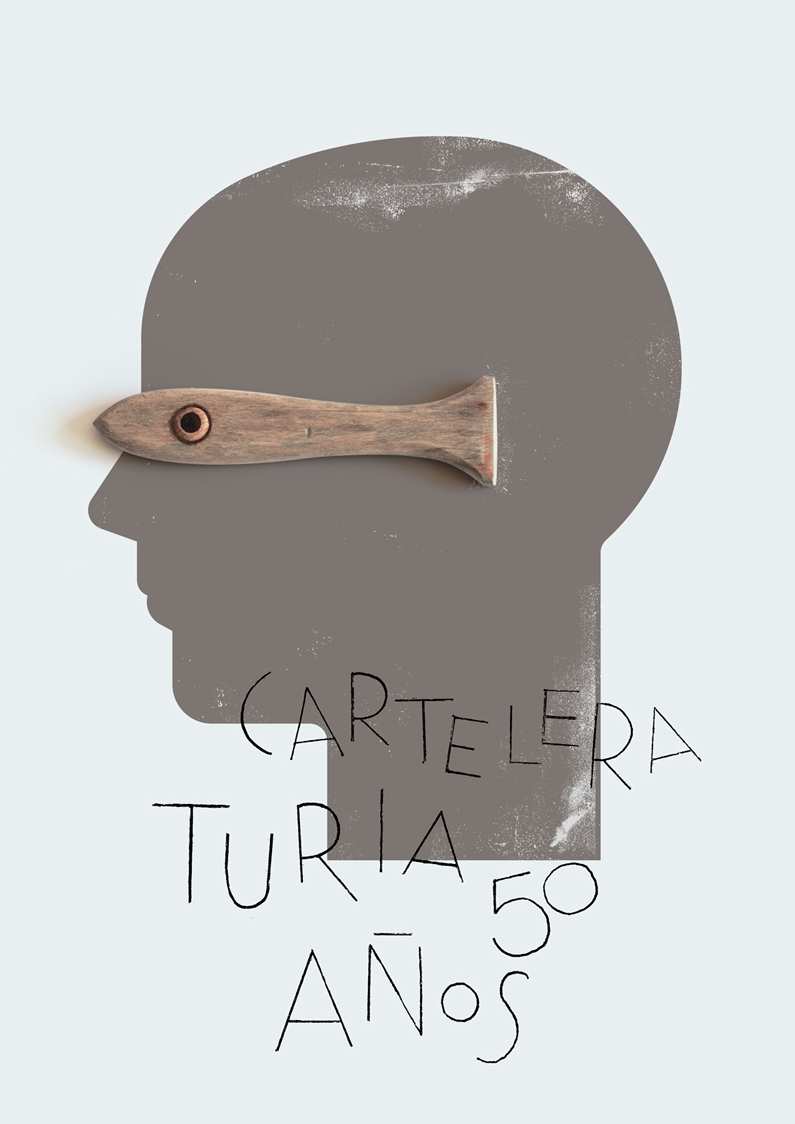
At the same time, the strong social and political criticism highlights in a number of works. The destruction of nature, violence, corruption, fanaticism, and speculation but also the need to fight and resist are some of the topics covered in this publication.
But the complaint, protest, reflection or thinking are not incompatible with humour. La Turia is a good proof of it, hence the humour is the path chosen by a significant number of artists to pay tribute to the magazine.
It must be said, in any case, that in this plurality exhibited in the different works lies a willingness to recognize the Cartelera Turia and what this means, and stamps a special tone to the exhibition, connecting with the principles that conceived the origins of the publication, aimed at seeking a freer and more liveable world.
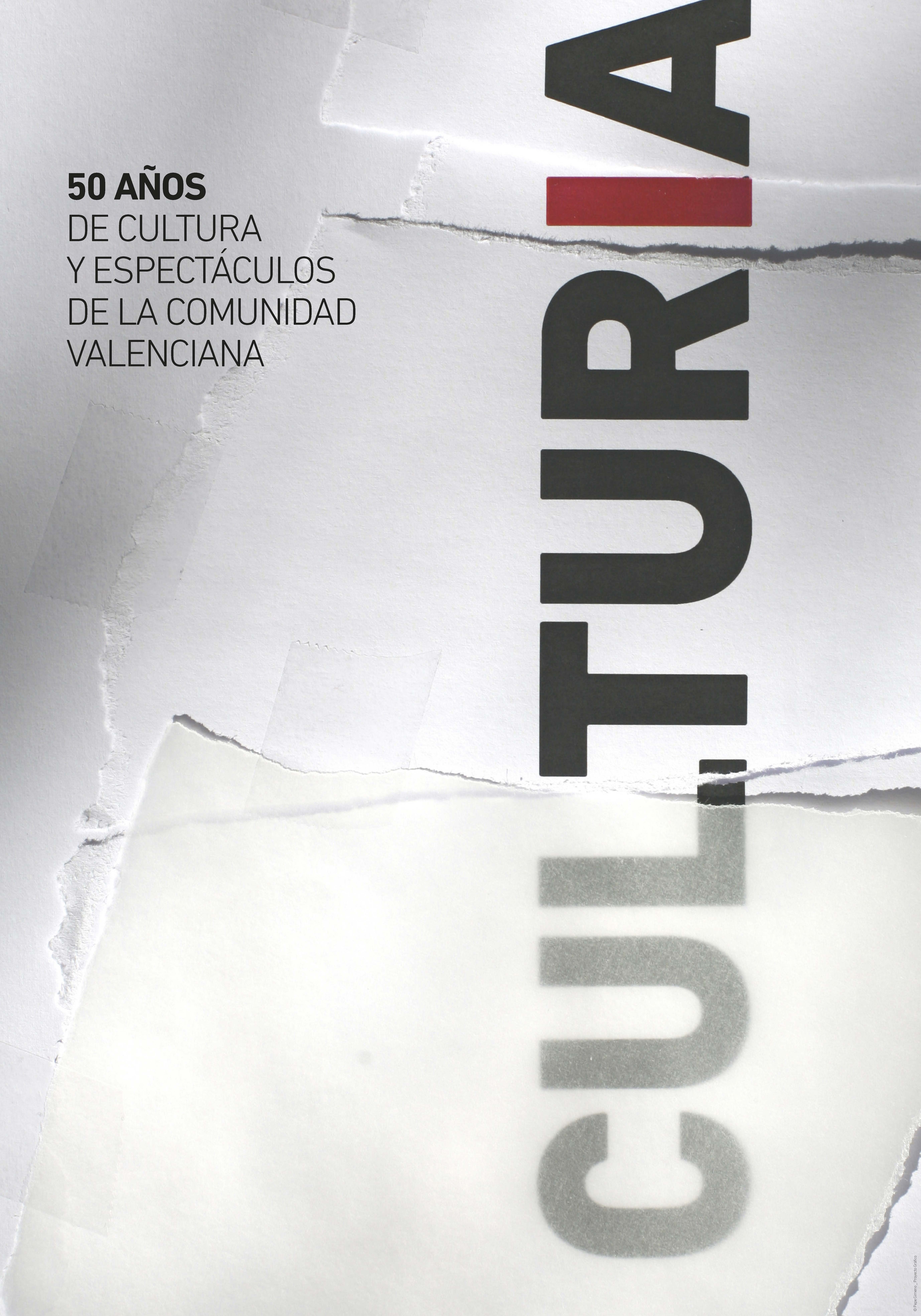
The works that we can contemplate in the Sala Acadèmia of the University of Valencia invite to reflection, smile or questioning but never to indifference. All of them brought together radiate emotion, engagement, risk and an extraordinary inspiration. The same attributes that characterize the publication, whose half century celebrates.
Participating artists:
| Rafael Armengol Eduardo Arroyo Dídac Ballester Manuel Boix Pepe Bonache Paula Bonet Bru Soler Miguel Calatayud Rafael Calduch Carmen Calvo Javier Calvo Joan Cardells Victoria Civera Victoria Contreras Paco de la Torre Maribel Domènech Cristina Durán i Miguel Ángel Giner El Roto Mavi Escamilla Juan Genovés Manel Gimeno Pepe Gimeno Julio Giner Cuqui Guillén Artur Heras Hyuro |
Víctor Lahuerta
Sento Llobell Mariscal Rafael Martí Quinto MacDiego Antoni Miró José María Molina Ciges Mau Monleón Óscar Mora José Morea Miquel Navarro Ortifus Pepa L. Poquet Rafael Ramírez Blanco Ibán Ramón Paco Roca Manuel Sáez Bia Santos Señor Cifrián Jordi Teixidor Daniel Torres Rosa Torres Juan Uslé Javier Velasco Joan Verdú Lina Vila |












